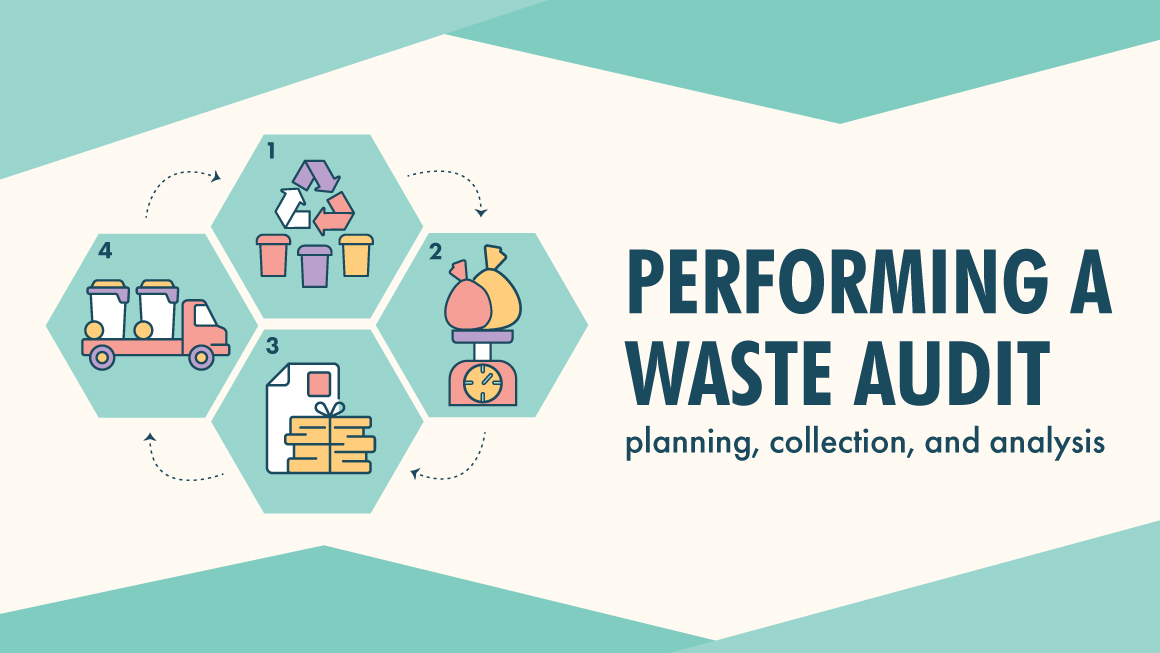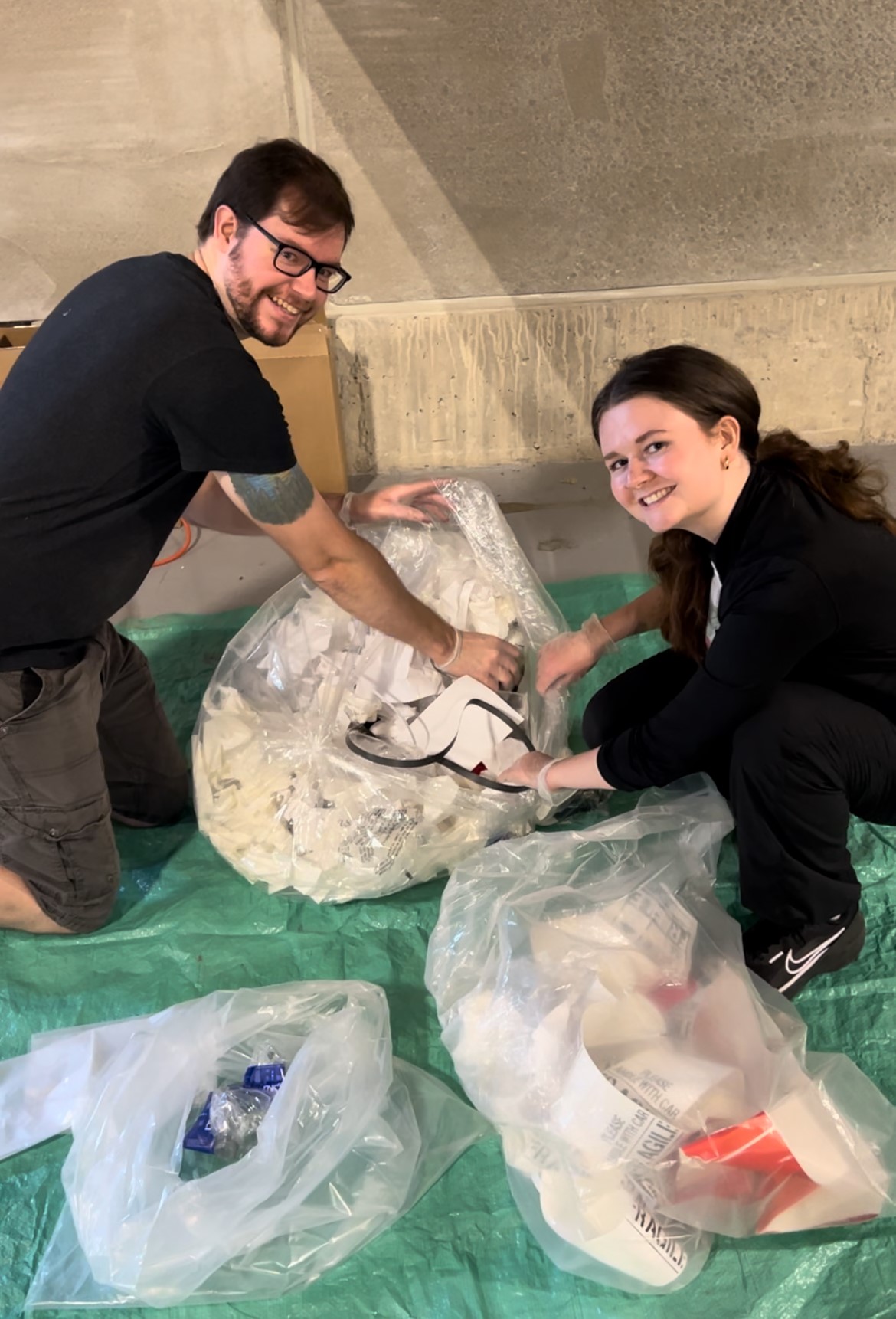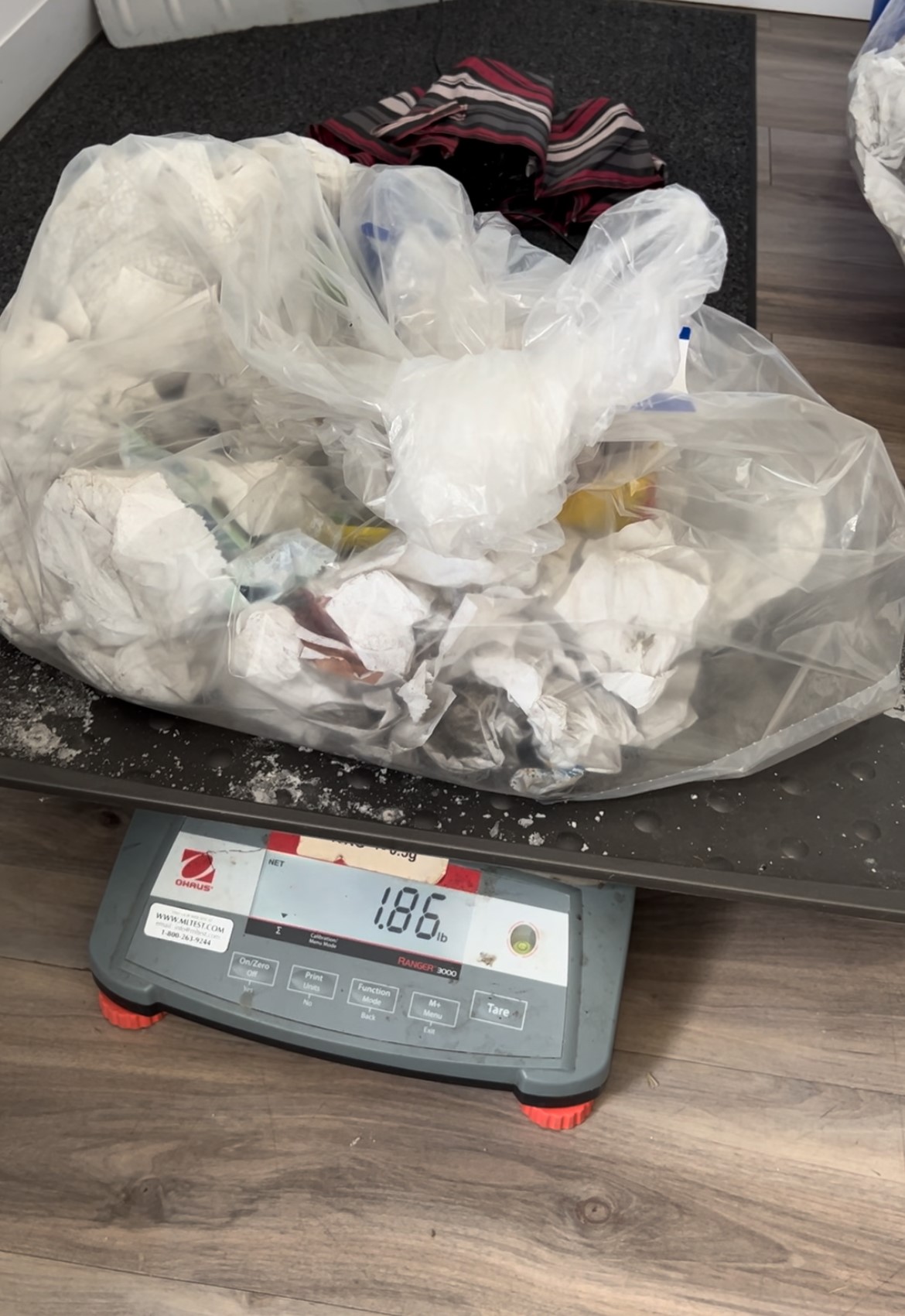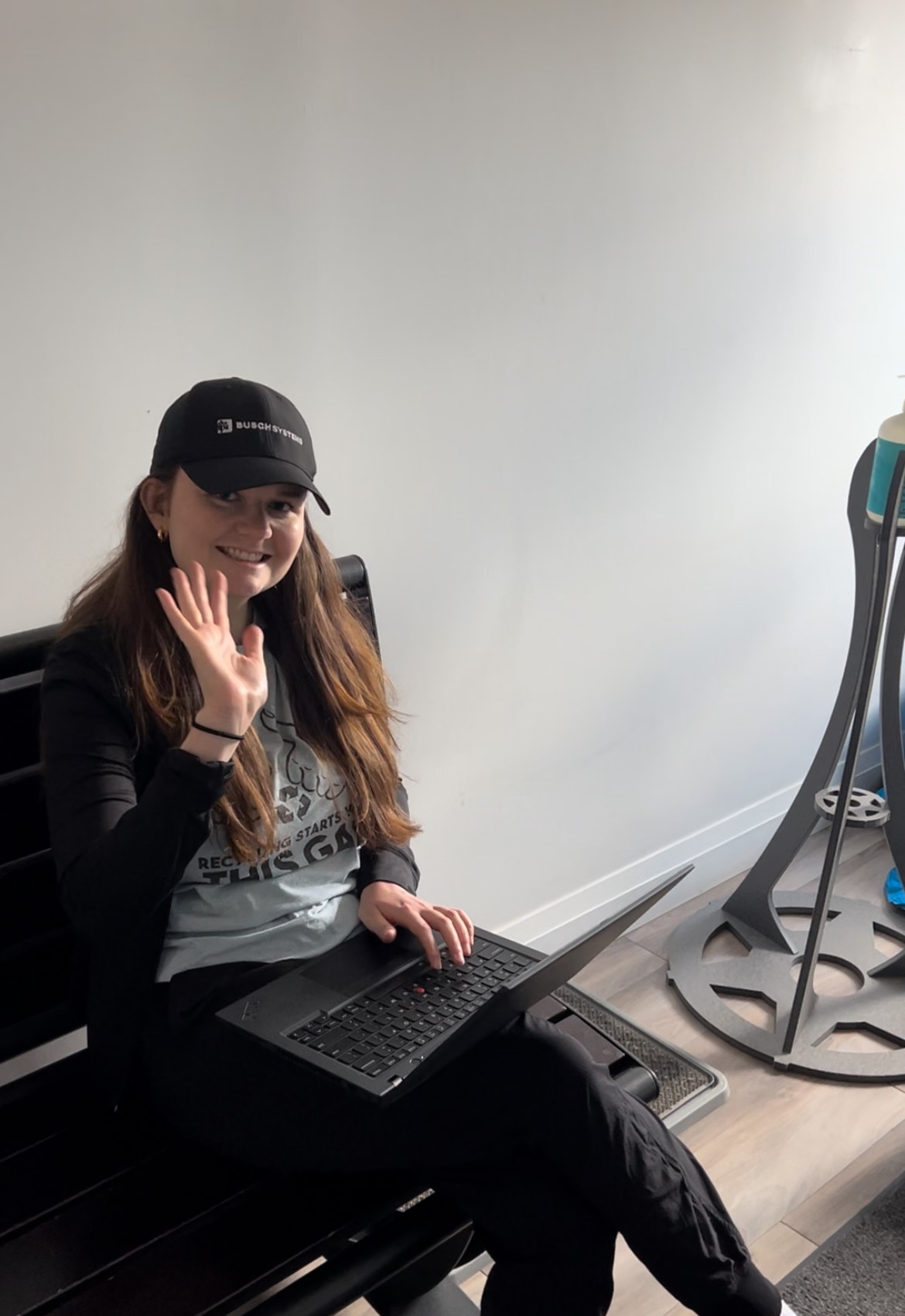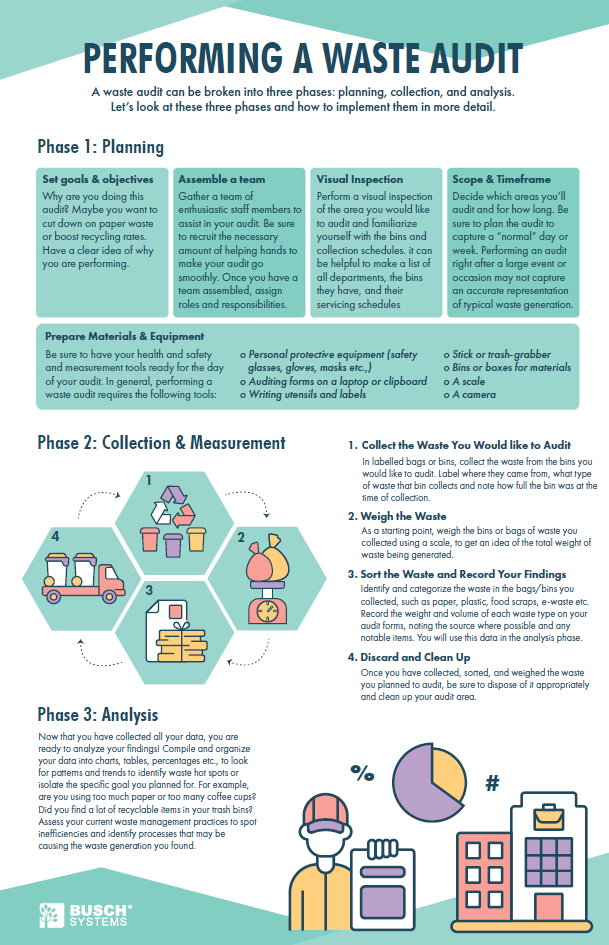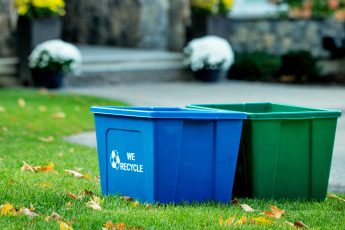Waste audits play a crucial role in understanding an organization’s waste management practices. By conducting regular waste audits, businesses can identify opportunities for improvement, reduce waste, and enhance sustainability. Today, we’ll explore the importance of waste audits, how to perform a waste audit, and the strategies for waste optimization.
Understanding Waste Audits and Their Benefits
As defined by the TRUE (Total Resource Use and Efficiency) Zero Waste system, a waste audit is an analysis of what types of waste your facility is generating, whether the types of waste generated are ending up in the right place, and where that waste should be going. It can help organizations determine what to do with the materials their activities are generating.
The goal of a waste audit is to collect data that can help your organization make informed decisions on how to better reduce waste going to landfill, incineration, and the environment through recycling and composting initiatives. By collecting this data, your organization can make decisions that reduce your organization’s impact on the environment, lower emissions, and save money by reducing waste hauling fees.
Types of Waste Audits
There are a few different types of waste audits that can be performed, each with a slightly different goal:
- General Waste Audit: Looks at all types of waste with the goal of reducing total waste to landfill.
- Specialized Waste Audit: Focuses on reducing a specific type of waste going to landfill, such as electronic or hazardous waste.
- Zero Waste Audit: Looks at all types of waste with the goal of preventing that material from being generated in the first place.
While different types of waste audits exist, it is mainly their purpose/goal that differs. In general, most audits are performed in a similar manner, and it is how you use the information you collect from the audit that differs. In some cases, you may even perform a waste audit with more than one goal in mind! For example, many organizations will look to reduce waste in landfills through recycling and compost, while also assessing what types of waste can be prevented in general. In an office environment, this could look like providing an e-waste collection bin for electronic waste, while promoting the use of digital files and reusable drink containers to reduce paper and single-use cup waste.
Whatever your reasoning, waste audits can provide valuable insights to help your organization make informed decisions about its waste management practices.
Performing a Waste Audit
A waste audit can be broken into three phases: planning, collection, and analysis. Let’s look at these three phases and how to implement them in more detail.
Planning
Prior to physically performing your waste audit, it is important to prepare to ensure you are collecting the right type of information for the problem you are looking to solve. Plan for your waste audit effectively by following the steps below:
1. Set goals and objectives
Why are you doing this audit? Maybe you want to cut down on paper waste or boost recycling rates. Whatever it is, be sure to have a clear idea of what you are trying to learn or achieve.
2. Assemble a waste audit team
Gather a team of enthusiastic staff members to assist in your audit. An audit can be large or small depending on your goals and the size of your facility, so be sure to recruit the necessary amount of helping hands to make your audit go smoothly. Once you have a team assembled, assign roles and responsibilities (waste collector, sorter, data entry etc.,) to ensure nothing is missed.
3. Visual Inspection
Perform a visual inspection of the area you would like to audit and familiarize yourself with the bins and collection schedules. To keep track, it can be helpful to make a list of all departments, the bins they have, and their servicing schedules (i.e. when the bins are emptied).
4. Determine the scope and timeframe
Decide which areas you’ll audit and for how long. This depends on how often your waste is collected. If you have daily collection services, auditing daily over the course of a normal week is a good place to start. If your bins are only serviced on a weekly basis, auditing the day before collection should suffice. Be sure to plan the audit to capture a “normal” day/week. Performing an audit right after a large event or occasion may not capture an accurate representation of typical waste generation.
5. Prepare materials and equipment
Be sure to have your health and safety and measurement tools ready for the day of your audit. In general, performing a waste audit requires the following tools:
- Personal protective equipment (safety glasses, gloves, masks etc.,)
- Auditing forms on a laptop or clipboard
- Writing utensils and labels
- Stick or trash-grabber
- Bins or boxes for materials
- A scale
- A camera
Once you have completed the planning for your waste audit, you are ready to move onto the collection phase!
Collection and Measurement
The second phase of a waste audit involves the actual collection and measurement of data:
1.Collect the waste you would like to audit
In labelled bags or bins, collect the waste from the bins you would like to audit. Be sure to label where they came from, and what type of waste that bin collects. It can also be useful to note how full the bin was at the time of collection.
2. Weigh the waste
As a starting point, weigh the bins or bags of waste you collected using a scale to get an idea of the total weight of the waste being generated.
3. Sort the waste and record your findings
Identify and categorize the waste in the bags/bins you collected, such as paper, plastic, food scraps, e-waste etc. Record the weight and volume of each waste type on your audit forms, noting the source where possible and any notable items (i.e., you can make notes of common waste types that show up in general, or when they are showing up in the wrong bin!). You will use this data in the analysis phase.
4. Discard and clean up
Once you have collected, sorted, and weighed the waste you planned to audit, be sure to dispose of it appropriately and clean up your audit area.
Analysis
Now that you have collected all your data, you are ready to analyze your findings! Compile and organize your data into charts, tables, percentages etc., to look for patterns and trends to identify waste hot spots or isolate the specific goal you planned for. For example, are you using too much paper or too many coffee cups? Did you find a lot of recyclable items in your trash bins? Assess your current waste management practices to spot inefficiencies and identify processes that may be causing the waste generation you found.
During the analysis phase, it can be helpful to audit procedures and behaviors of staff as they relate to waste generation. Consider reviewing your waste hauling contracts and invoices to get an idea of the total waste that is typically generated and what the associated costs are or look at purchasing agreements to get an idea of what is coming into your facility to help identify problem materials and opportunities for improvement. Observe employee’s waste disposal behavior and how they interact with your current waste program or interview them to get a better understanding of their attitudes toward waste disposal, challenges or confusion they face, or what would work better for them. All this information can provide valuable insights into your waste audit findings and provide a starting point to improving your waste generation and management.
Optimizing Waste Management
After completing your audit, you can start to make the necessary changes to achieve your goals. Set realistic short-term and long-term goals related to your initial objectives and implement strategies to achieve these goals. Source reduction to reduce total waste generation, boosting recycling programs with the appropriate bins and signage, and educating your team on the importance of waste reduction are effective strategies for improvement. Be sure to monitor the progress of the changes you make and adjust as needed to be sure you are working towards your goals.
At Busch Systems, we recommend using centralized, well-labelled bins with multiple streams to simplify waste sorting. By using color, signage, and multiple streams, you can help guide waste sorting behavior and promote the diversion of recycling, compost, and other waste types out of your landfill collection!
For questions on performing a waste audit or how centralized waste collection can improve your waste diversion rates, contact our sustainability and TRUE Certified experts at sustainability@buschsystems.com.
Happy auditing!
Downloadable Resources
Click to view and download this infographic to learn more about Performing a waste audit.
Additional Resources
How to Do A Waste Audit – Busch Systems Webinar (2019)
